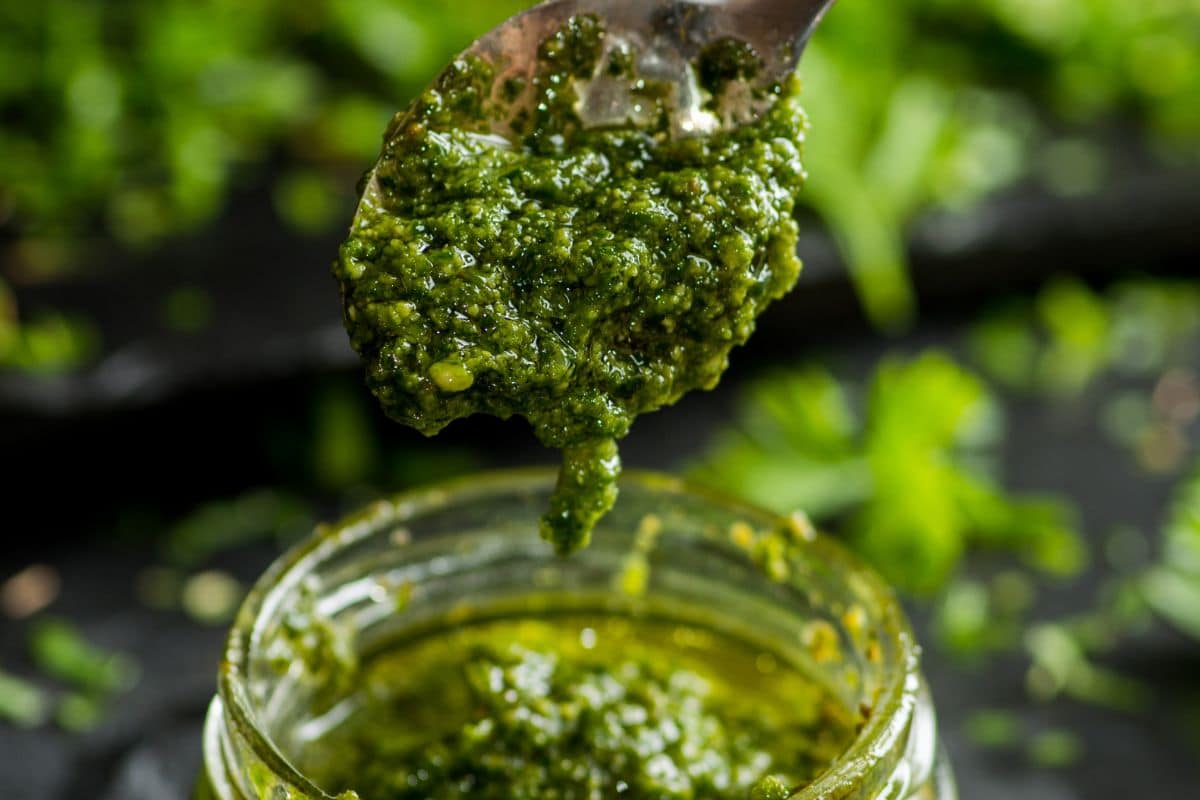

Articles
How To Store Pesto In Freezer
Modified: January 7, 2024
Learn how to store pesto in the freezer with our helpful articles. Keep your flavorful homemade pesto fresh for future use.
(Many of the links in this article redirect to a specific reviewed product. Your purchase of these products through affiliate links helps to generate commission for Storables.com, at no extra cost. Learn more)
Introduction
Welcome to the wonderful world of pesto! Whether you have just made a large batch of homemade pesto or want to save some store-bought pesto for later use, freezing is an excellent option for preserving this flavorful sauce. Freezing pesto not only extends its shelf life but also allows you to enjoy the vibrant taste of fresh herbs and aromatic ingredients even when they are out of season.
Pesto is a versatile sauce that originated in Italy and is traditionally made by blending fresh basil, garlic, pine nuts, Parmesan cheese, and olive oil. It’s a beloved condiment that adds a burst of flavor to pasta, sandwiches, pizzas, and more. However, since pesto contains fresh ingredients, it has a relatively short shelf life when stored in the refrigerator.
Freezing your pesto ensures that you can enjoy its deliciousness for an extended period. By following a few simple steps, you can properly store pesto in the freezer, maintaining its taste and vibrant green color. In this article, we will explore the benefits of freezing pesto, provide tips for proper storage, and guide you through the process of freezing and thawing.
So, if you’re ready to learn how to store pesto in the freezer and have it readily available to elevate your culinary creations, let’s dive right in!
Key Takeaways:
- Preserve the vibrant flavors of pesto by freezing it in airtight containers, ensuring extended shelf life and convenience for quick, flavorful meals anytime, even when fresh ingredients are out of season.
- Thaw and use frozen pesto creatively in pasta sauces, spreads, dips, and more, unlocking the vibrant taste of fresh herbs, garlic, nuts, and cheese for a burst of culinary delight anytime, anywhere.
Read more: How To Store Pesto
Why Store Pesto in the Freezer?
There are several compelling reasons why storing pesto in the freezer is a wise choice. Let’s explore the benefits:
- Preserves Freshness: Pesto is best when made with fresh ingredients, and freezing helps maintain that fresh flavor. By freezing pesto, you can preserve the vibrant green color, aromatic herbs, and the sharpness of the garlic and Parmesan cheese, ensuring a delightful culinary experience even after weeks or months.
- Convenience: When you have a busy schedule or unexpected guests, having a stash of frozen pesto in the freezer can be a lifesaver. It allows you to prepare quick and delicious meals by simply thawing the pesto and incorporating it into your recipe. With frozen pesto on hand, you’ll always have a flavorful sauce ready to elevate your dishes.
- Extended Shelf Life: While fresh pesto has a short refrigerator shelf life of about a week, properly frozen pesto can last for several months. This means you can enjoy the taste of summer basil even in the colder months when fresh basil may not be readily available.
- Economical: If you have an abundance of fresh basil or made a large batch of pesto, freezing the excess can help prevent waste. Instead of letting the pesto go bad, you can freeze it and use it in the future, ensuring that none of those flavorful ingredients go to waste.
By freezing pesto, you’re able to preserve its freshness, convenience, and extend its shelf life, making it a valuable technique for any pesto enthusiast. Whether you’re a home cook looking to elevate your meals or a professional chef in need of a reliable sauce, freezing pesto allows you to have a versatile and flavorful ingredient at your fingertips whenever you need it.
Tips for Storing Pesto in the Freezer
Proper storage is key to preserving the quality and flavor of your pesto when freezing it. Here are some essential tips to keep in mind:
- Use Airtight Containers: When storing pesto in the freezer, it’s important to use airtight containers to prevent freezer burn and oxidation. Choose containers that are specifically designed for freezer storage and have a tight seal. Alternatively, you can use plastic freezer bags, making sure to press out any excess air before sealing.
- Portion Control: Consider freezing your pesto in smaller portions rather than in one large container. This way, you can easily take out and thaw only the amount you need for a specific recipe, without having to thaw the entire batch.
- Label and Date: Don’t forget to label your containers or freezer bags with the contents and the date of freezing. This helps you keep track of how long the pesto has been stored and ensures that you use the oldest batches first.
- Leave Room for Expansion: When pouring the pesto into containers or bags, leave some room at the top to allow for expansion as the pesto freezes. This prevents the containers from bursting or the bags from being damaged.
- Smooth the Surface: Before sealing the containers or bags, make sure to smooth out the surface of the pesto. This helps minimize the exposure to air, which can lead to discoloration and freezer burn.
- Use Freezer-Safe Materials: Ensure that the containers or bags you use for freezing pesto are made of materials safe for the freezer. Avoid using containers or bags that may crack or break in low temperatures.
- Keep Temperature Consistent: Maintain a constant freezer temperature of 0°F (-18°C) or below to ensure optimal quality and prevent the growth of bacteria.
- Freeze Freshly Made Pesto: For the best results, freeze pesto soon after making it. This helps to capture the fresh flavors at their peak and maintain the vibrant green color.
- Get Creative with Storage: If you don’t have small containers or freezer bags, you can freeze pesto in ice cube trays for individual servings. Once frozen, transfer the pesto cubes to a freezer bag for long-term storage.
By following these tips, you can ensure that your pesto stays fresh, flavorful, and ready to enhance your favorite dishes whenever you need it.
Step-by-Step Guide to Freezing Pesto
Freezing pesto is a simple process that can be done in a few easy steps. Here’s a step-by-step guide to help you freeze your pesto successfully:
- Prepare the Pesto: Start by making or gathering the pesto you want to freeze. Whether you’re using homemade pesto or store-bought, ensure it’s fresh and at its best quality.
- Divide into Portions: Decide how much pesto you want to freeze at once. For convenient portioning, consider using ice cube trays. If using containers or bags, portion out the pesto into small, manageable portions.
- Transfer to Containers or Bags: If using containers, fill them with the pesto, leaving about ½ inch of headspace to accommodate expansion. Smooth the surface of the pesto to remove any air pockets. Seal the containers tightly. If using bags, pour the pesto into the bag, squeeze out the excess air, and seal securely.
- Label and Date: Remember to label the containers or bags with the contents (pesto) and the date of freezing. This helps you keep track of the pesto and use the oldest batches first.
- Freeze: Place the containers or bags in the freezer and make sure they are placed in a flat position. This allows for easier stacking and storage. Be careful not to place anything on top of the containers or bags to avoid damage.
- Store in the Freezer: Keep the pesto in the freezer at a temperature of 0°F (-18°C) or below. This ensures that the pesto remains frozen and safe to consume for an extended period.
With these simple steps, you can easily freeze pesto and have it available whenever a recipe calls for this flavorful sauce. By portioning the pesto and labeling the containers or bags, you’ll be able to conveniently thaw and use the desired amount without any hassle.
Now that you’ve successfully frozen your pesto, let’s explore how long you can store it in the freezer and how to thaw and use it effectively.
Preparing Pesto for Freezing
Before freezing your pesto, there are a few steps you can take to ensure that it maintains its quality and flavor during the freezing process. Let’s go through the preparation process:
- Use Fresh Ingredients: It’s essential to use fresh, high-quality ingredients when making pesto that you intend to freeze. Fresh basil, garlic, pine nuts, Parmesan cheese, and olive oil will contribute to the vibrant taste and aroma of the pesto.
- Blanch the Basil (optional): If you want to help preserve the bright green color of the pesto, blanching the basil leaves before making the sauce can be beneficial. To blanch the basil, briefly immerse the leaves in boiling water for about 10-15 seconds, followed by transferring them to an ice water bath to stop the cooking process. Pat the leaves dry before proceeding with the pesto recipe.
- Puree to Desired Consistency: When making the pesto, puree the ingredients to your preferred consistency. Some people like a smooth and creamy texture, while others enjoy a slightly chunky pesto with visible pieces of basil and nuts.
- Avoid Adding Cheese: If you plan to freeze pesto, it’s best to avoid adding cheese to the mixture before freezing. Cheese can change in texture and become grainy or clumpy after freezing and thawing. It’s better to add the cheese when you’re ready to use the thawed pesto.
- Transfer to Freezer-Safe Containers: Once the pesto is prepared, transfer it to freezer-safe containers, leaving some space at the top for expansion as the pesto freezes. Smooth the surface of the pesto to remove any air pockets that can lead to freezer burn.
- Seal and Label: Seal the containers tightly or close the freezer bags securely. Label each container or bag with the contents and the date of freezing for easy identification in the future.
- Cool Before Freezing: Allow the freshly made pesto to cool to room temperature before placing it in the freezer. This helps maintain the texture and prevents condensation from forming inside the containers or bags.
Following these preparation steps will help ensure that your pesto freezes well and maintains its flavor and quality. Now that your pesto is ready for freezing, let’s explore the best containers to use for freezing and how long you can store pesto in the freezer.
Transfer the pesto into an ice cube tray and freeze. Once frozen, transfer the pesto cubes into a resealable plastic bag for easy portioning.
Read more: How To Store Basil Pesto
Proper Containers for Freezing Pesto
Choosing the right containers for freezing your pesto is essential to maintain its quality and prevent freezer burn or contamination. Here are some recommended containers for freezing pesto:
- Plastic Freezer Containers: Plastic containers specifically designed for freezer use are a popular choice for storing pesto. Look for containers made from BPA-free materials that have airtight lids to prevent air exposure. These containers come in various sizes, allowing you to portion out the pesto as needed.
- Glass Jars: Glass jars with airtight lids can be another excellent option for freezing pesto. Choose jars made of tempered glass that can withstand extreme temperatures. Leave some headspace in the jar to allow for expansion as the pesto freezes. Be sure to avoid using jars that are not freezer-safe, as they may crack or break under freezing conditions.
- Plastic Freezer Bags: Freezer bags are a practical and space-saving option for freezing pesto. Choose bags specifically designed for freezer use, as they are thicker and more durable to prevent freezer burn. Squeeze out as much air as possible before sealing the bags, and consider double-bagging for added protection.
- Ice Cube Trays: Using ice cube trays is a convenient method for freezing smaller portions of pesto. Simply spoon the pesto into the tray compartments and freeze until solid. Once frozen, transfer the pesto cubes into a freezer bag for long-term storage. This method allows you to easily portion out the desired amount of pesto for your recipes.
- Vacuum Sealed Bags or Containers: Vacuum sealing is an excellent way to remove excess air and prolong the shelf life of frozen pesto. By vacuum sealing, you can maintain the flavor and quality of the pesto for an extended period. Vacuum sealed bags or containers can be reusable and provide an airtight seal to prevent any air or moisture from entering.
When choosing your containers, ensure that they are made of materials suitable for freezer use and can withstand low temperatures without cracking or breaking. Whichever container you choose, be sure to label it with the contents and date of freezing for easy identification.
By using proper containers for freezing your pesto, you can ensure that it stays fresh, flavorful, and ready to add a burst of deliciousness to your meals even after freezing.
How Long Can You Store Pesto in the Freezer?
One of the great advantages of freezing pesto is that it can be stored for an extended period without sacrificing its flavor and quality. When properly stored, you can enjoy your frozen pesto for several months. However, it’s important to note that the exact storage time may vary depending on different factors, including the ingredients used and the storage conditions. Here are some general guidelines for how long you can store pesto in the freezer:
- Homemade Pesto: If you’ve made homemade pesto using fresh ingredients, it can be stored in the freezer for up to 3 to 4 months. This timeframe ensures that the pesto maintains its vibrant flavor and color.
- Store-Bought Pesto: Store-bought pesto typically has a longer shelf life due to preservatives and additives. It can generally be stored in the freezer for 6 to 8 months. However, it’s always a good idea to check the expiration date on the packaging and follow any specific instructions provided by the manufacturer.
It’s worth mentioning that while pesto can be stored for longer periods, the quality and flavor may gradually diminish over time. To ensure the best taste and texture, try to use your frozen pesto within the recommended storage timeframe.
Proper storage conditions are crucial to maintaining the quality of your pesto. It’s important to keep the temperature of your freezer consistently at 0°F (-18°C) or below. Fluctuating temperatures can affect the texture and taste of the pesto. Additionally, ensure that your containers or bags are airtight to prevent air exposure and freezer burn.
By following these guidelines and storing your pesto correctly, you can enjoy the delicious flavors of pesto any time, even when fresh ingredients are not readily available.
Thawing and Using Frozen Pesto
Thawing frozen pesto is a straightforward process, and there are a few methods you can use depending on your needs and timeline. Here’s how to thaw and use your frozen pesto:
- Refrigerator Thawing: The most recommended method for thawing pesto is to transfer it from the freezer to the refrigerator. Remove the desired amount of frozen pesto and place it in a container or bowl. Allow it to thaw slowly in the refrigerator overnight or for approximately 8-12 hours. Thawing in the refrigerator helps maintain the flavor, consistency, and quality of the pesto.
- Room Temperature Thawing: If you’re in a hurry and need to thaw the pesto quickly, you can opt for room temperature thawing. Remove the frozen pesto from its container or bag and transfer it to a heatproof bowl. Allow it to sit at room temperature for about 30 minutes to 1 hour, or until it softens enough to be stirred or mixed into your recipe.
- Thawing in Cold Water: For an even faster thawing method, you can use the cold water thawing technique. Place the sealed bag of frozen pesto in a large bowl of cold water. Make sure the bag is completely submerged. Change the water every 30 minutes to maintain a cold temperature. Depending on the size of your container and the amount of pesto, it should take about 1 to 2 hours for the pesto to thaw. Once thawed, use it immediately.
It’s important to note that once thawed, it’s best to use the thawed pesto right away and avoid re-freezing it. This helps maintain the freshness and flavor of the ingredients.
Once your pesto is thawed, it’s ready to be used in a variety of delicious ways. Here are some ideas for using your thawed pesto:
- Pasta Sauces: Toss the thawed pesto with your favorite cooked pasta for a quick and flavorful meal.
- Spread: Use the pesto as a spread on sandwiches or wraps for an added burst of flavor.
- Dips and Spreads: Mix the pesto with cream cheese or yogurt to create a tasty dip or spread for veggies or crackers.
- Pizza Topping: Spread the pesto on pizza dough as a delicious alternative to traditional tomato sauce.
- Soup and Stews: Stir the pesto into soups, stews, or sauces to add depth and flavor.
- Marinade or Dressing: Use the pesto as a marinade for chicken, fish, or vegetables, or mix it with olive oil and vinegar for a flavorful salad dressing.
Get creative and experiment with different recipes and dishes that can be enhanced by the delicious flavors of your thawed pesto.
Now that you know how to thaw and use your frozen pesto, you can enjoy the taste of freshly made pesto at any time, even if you don’t have fresh ingredients on hand.
Conclusion
Freezing pesto is a fantastic way to preserve the vibrant flavors and freshness of this beloved sauce. By following the proper techniques for storing, preparing, and thawing, you can enjoy the taste of homemade pesto all year round, even when fresh ingredients are not readily available.
Throughout this article, we’ve explored the benefits of freezing pesto, including its ability to preserve freshness, convenience, and extended shelf life. We’ve provided tips on selecting the right containers, portioning the pesto, and labeling for easy identification. Additionally, we’ve discussed the recommended methods for thawing frozen pesto, whether it’s through refrigerator thawing, room temperature thawing, or cold water thawing.
With your frozen pesto properly thawed, you can unleash its deliciousness and incorporate it into various dishes. From pasta sauces to spreads, dips, marinades, and dressings, the possibilities are endless when it comes to using your thawed pesto.
Remember, freezing pesto allows you to savor the taste of fresh herbs, garlic, nuts, cheese, and olive oil whenever you desire. Whether it’s a midweek dinner or a last-minute gathering, having a stash of frozen pesto in your freezer ensures that you’ll always have a flavorful sauce to elevate your meals.
So, go ahead, stock your freezer with homemade or store-bought pesto, and enjoy the convenience and deliciousness of this versatile sauce whenever you need it. With proper storage, preparation, and thawing methods, your pesto will retain its vibrant color, lively flavor, and aromatic profile, delivering an exceptional culinary experience.
Now it’s time for you to embrace the world of freezing pesto and unlock a whole new level of gastronomic delight!
Frequently Asked Questions about How To Store Pesto In Freezer
Was this page helpful?
At Storables.com, we guarantee accurate and reliable information. Our content, validated by Expert Board Contributors, is crafted following stringent Editorial Policies. We're committed to providing you with well-researched, expert-backed insights for all your informational needs.
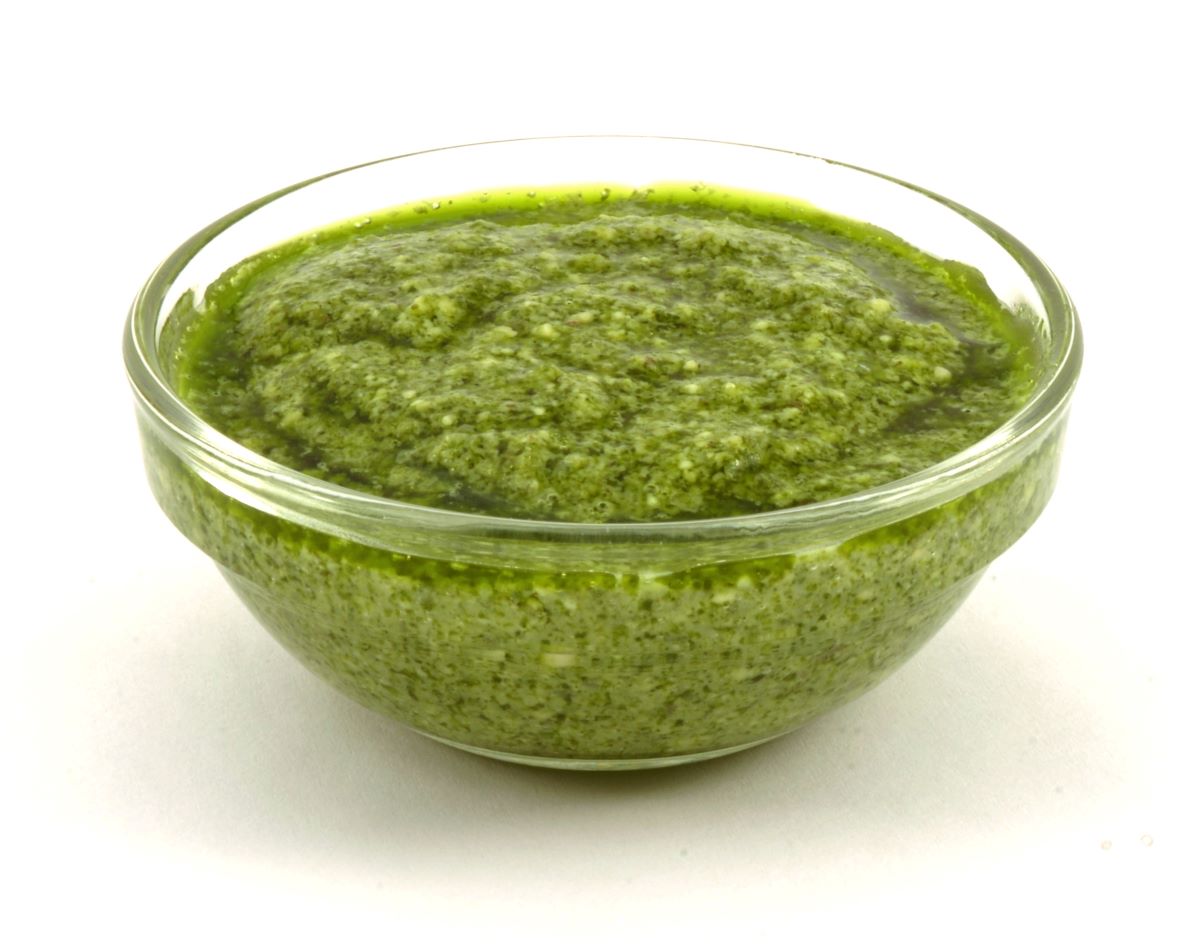
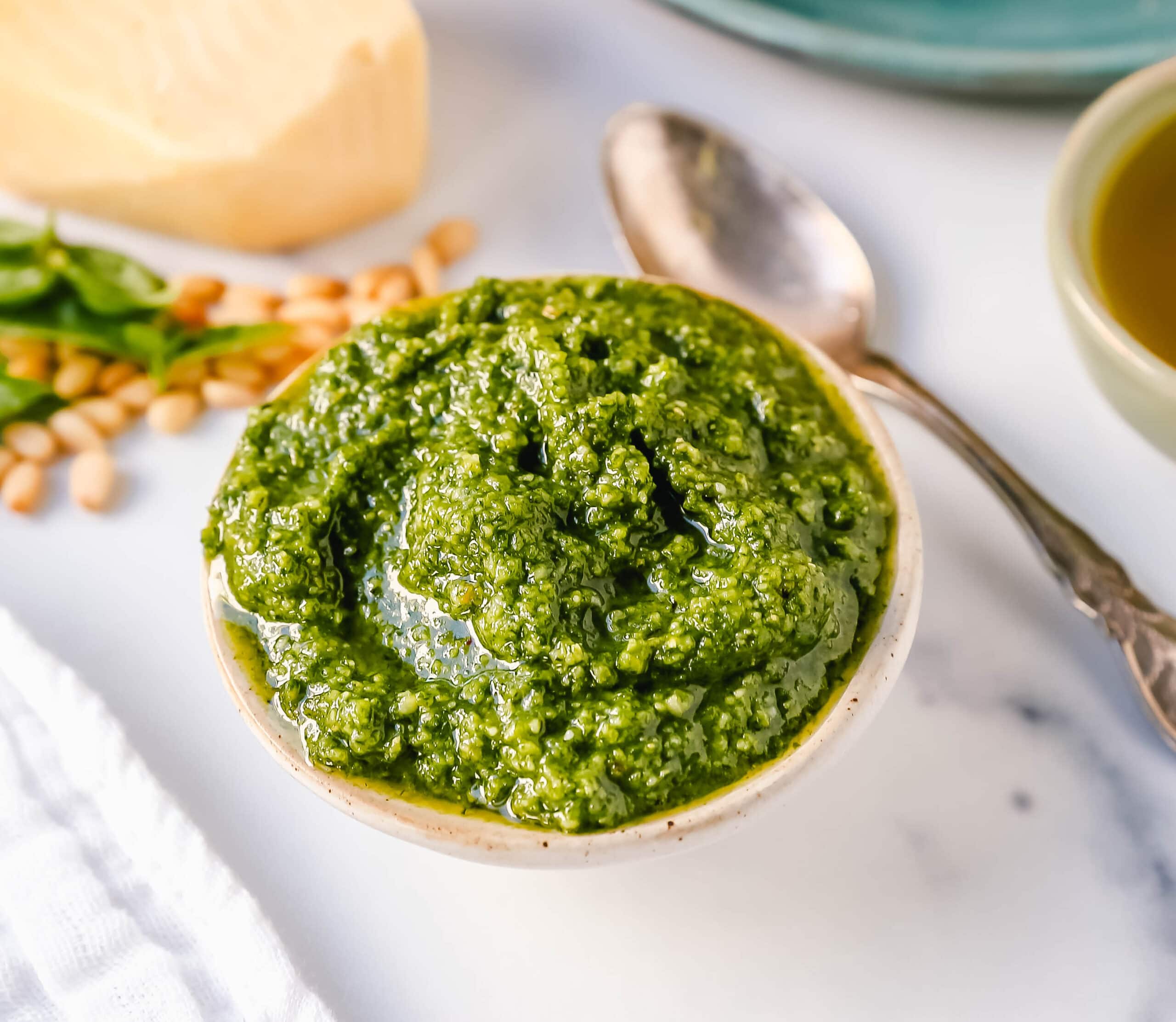
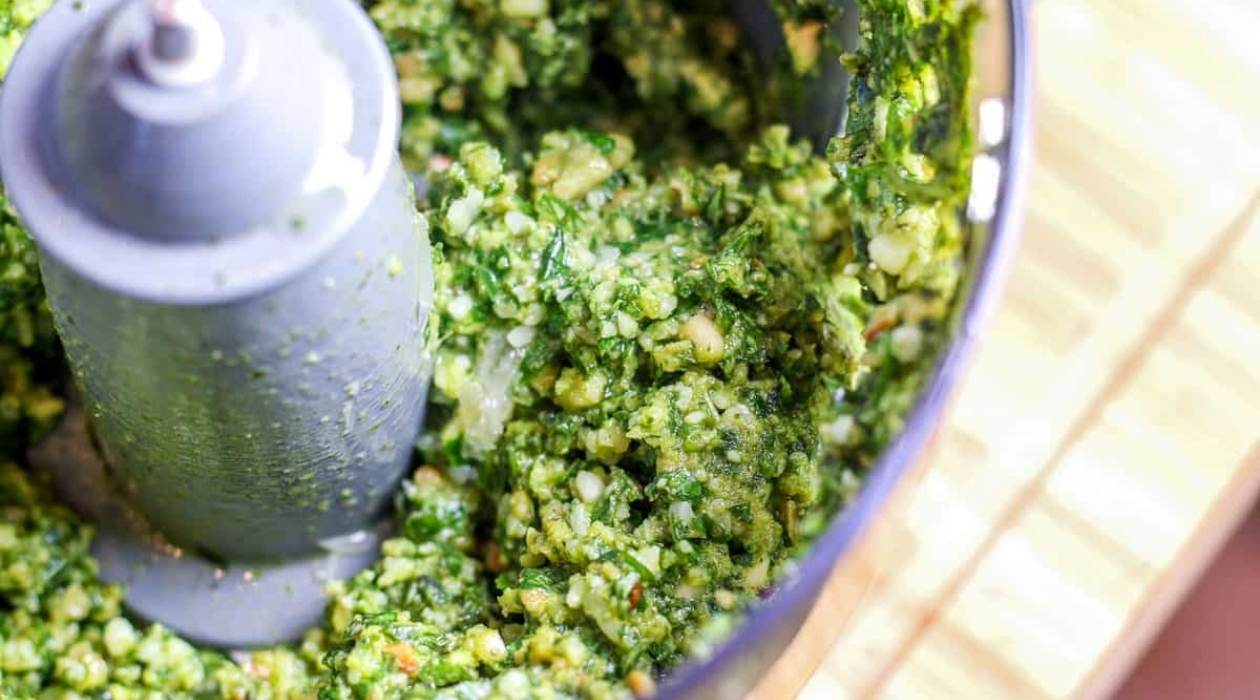
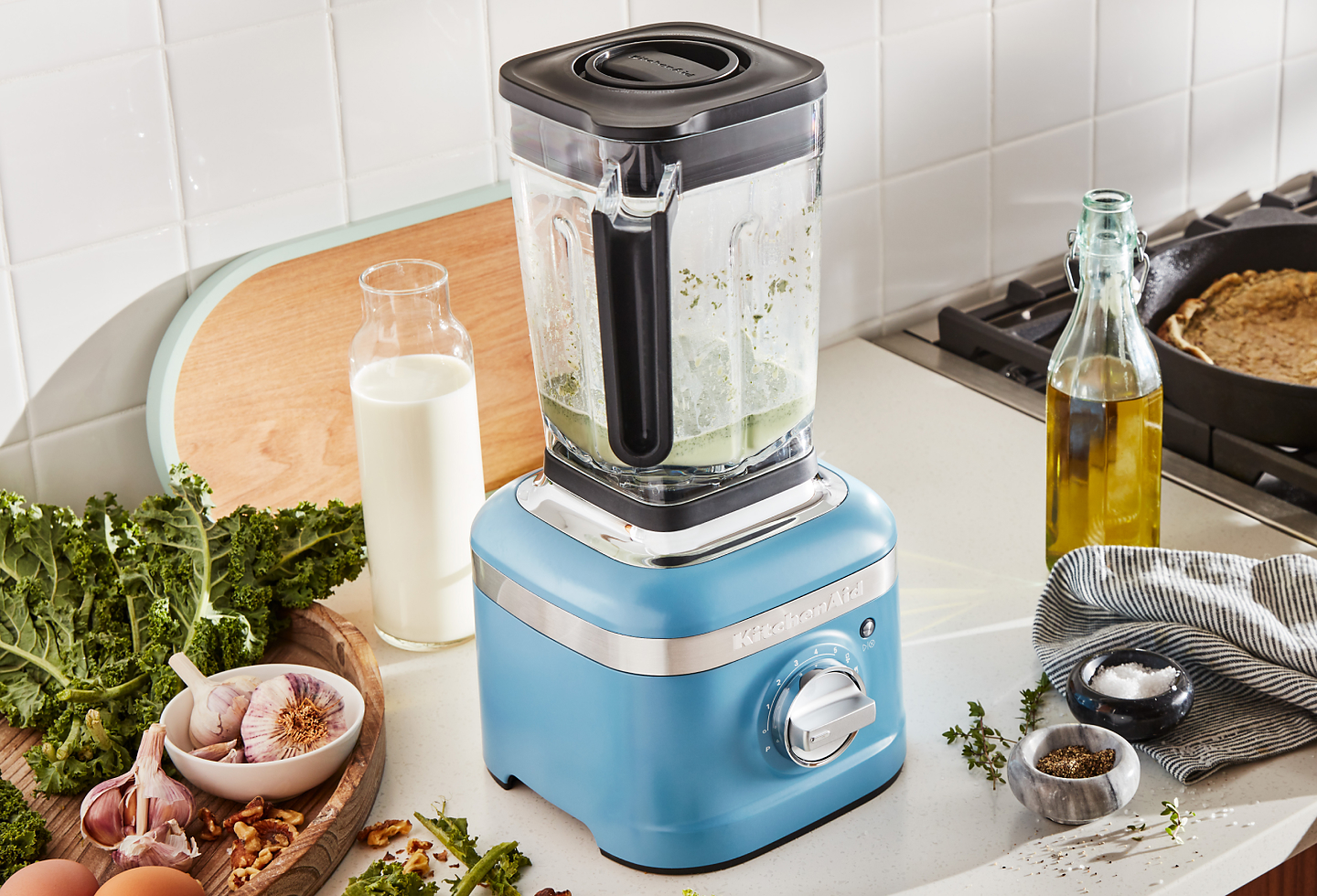


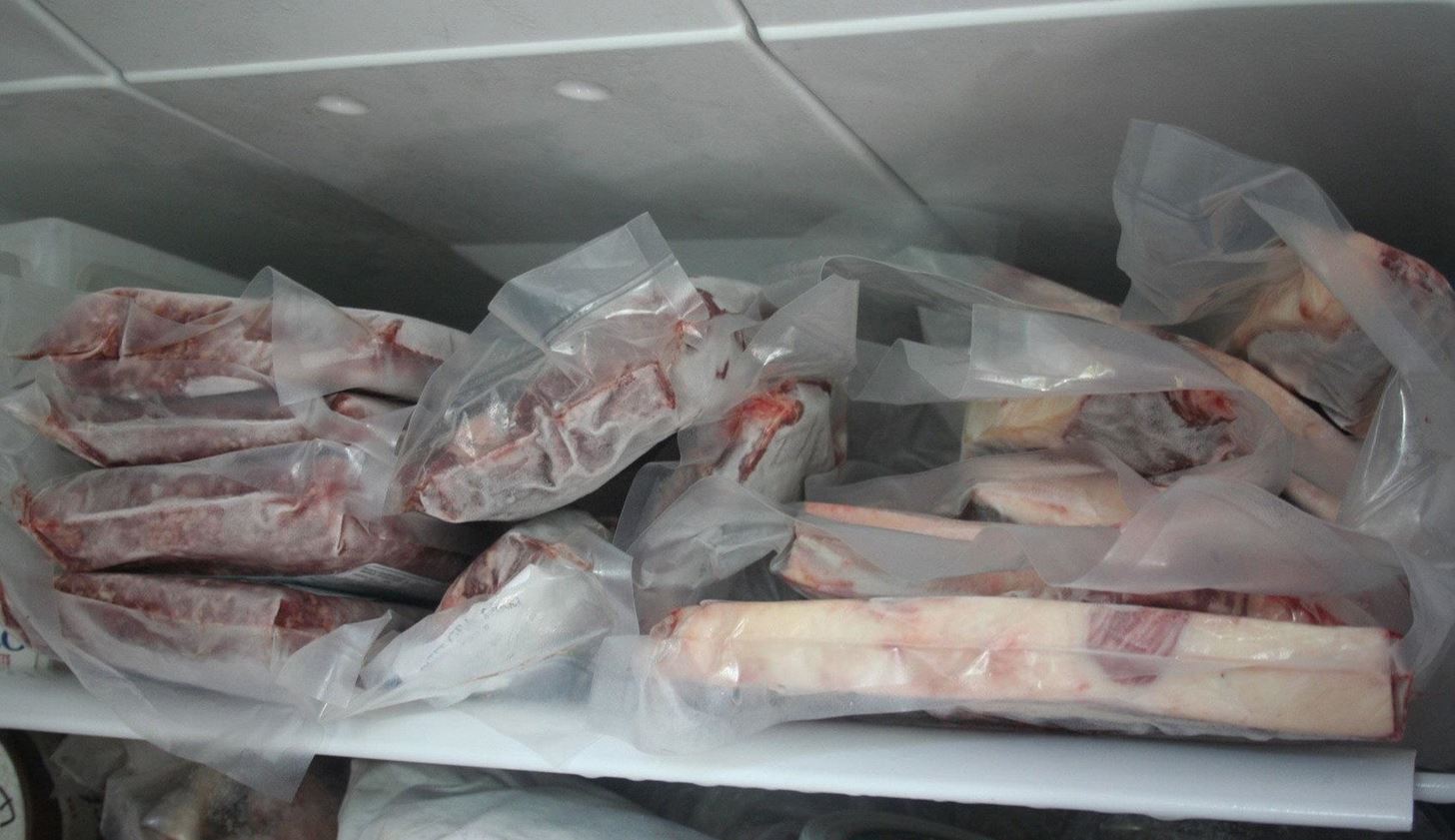


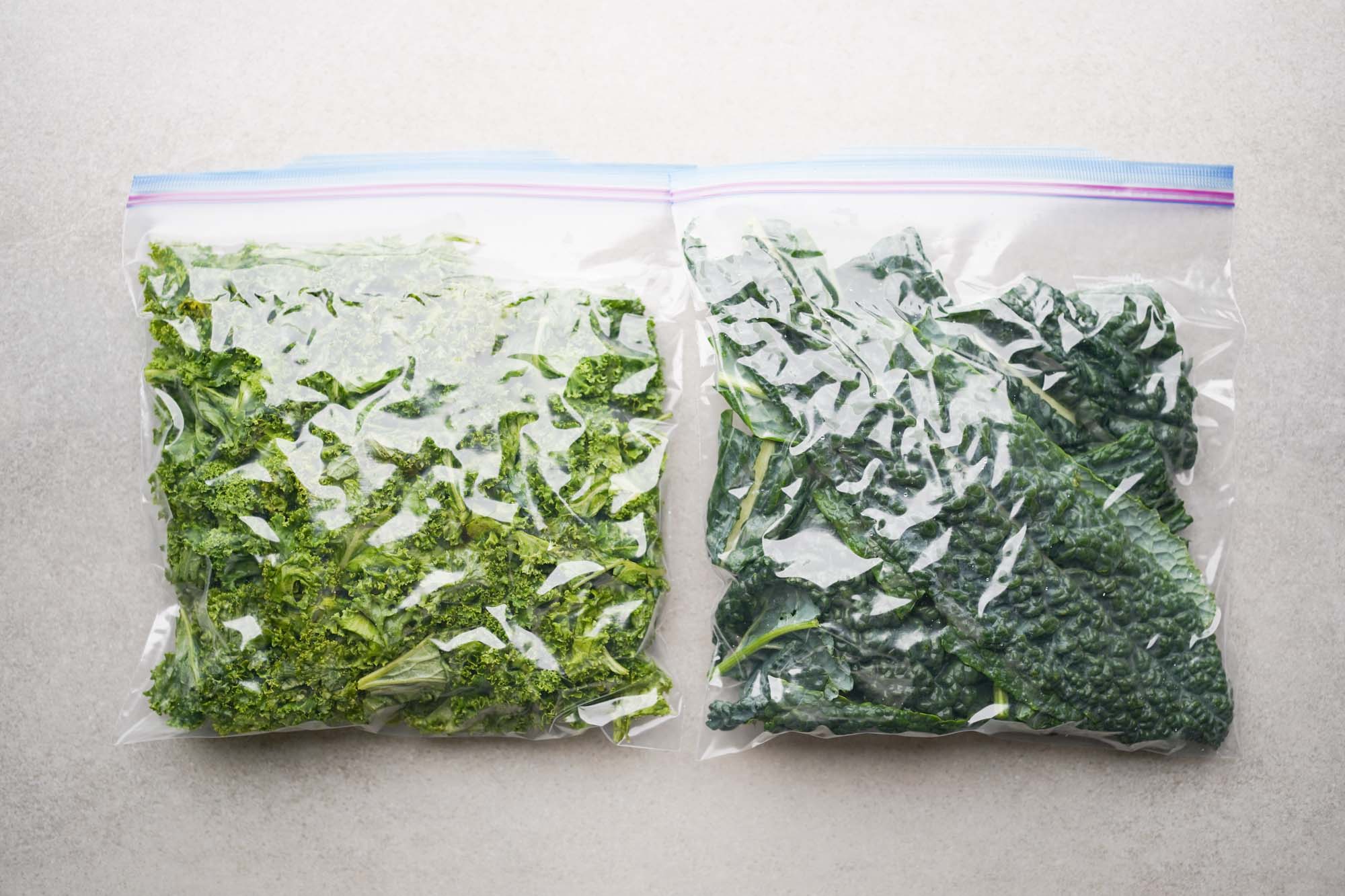


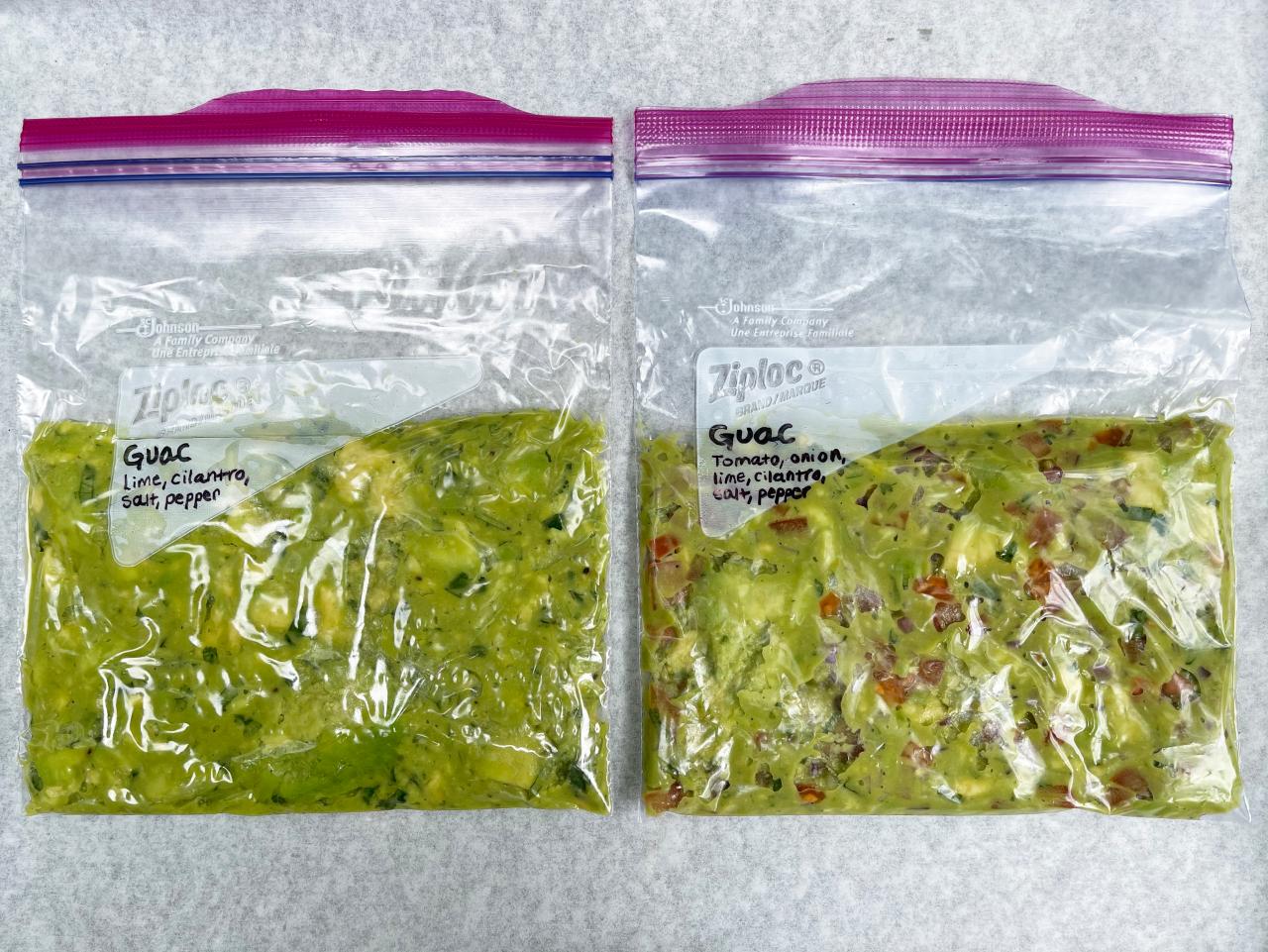
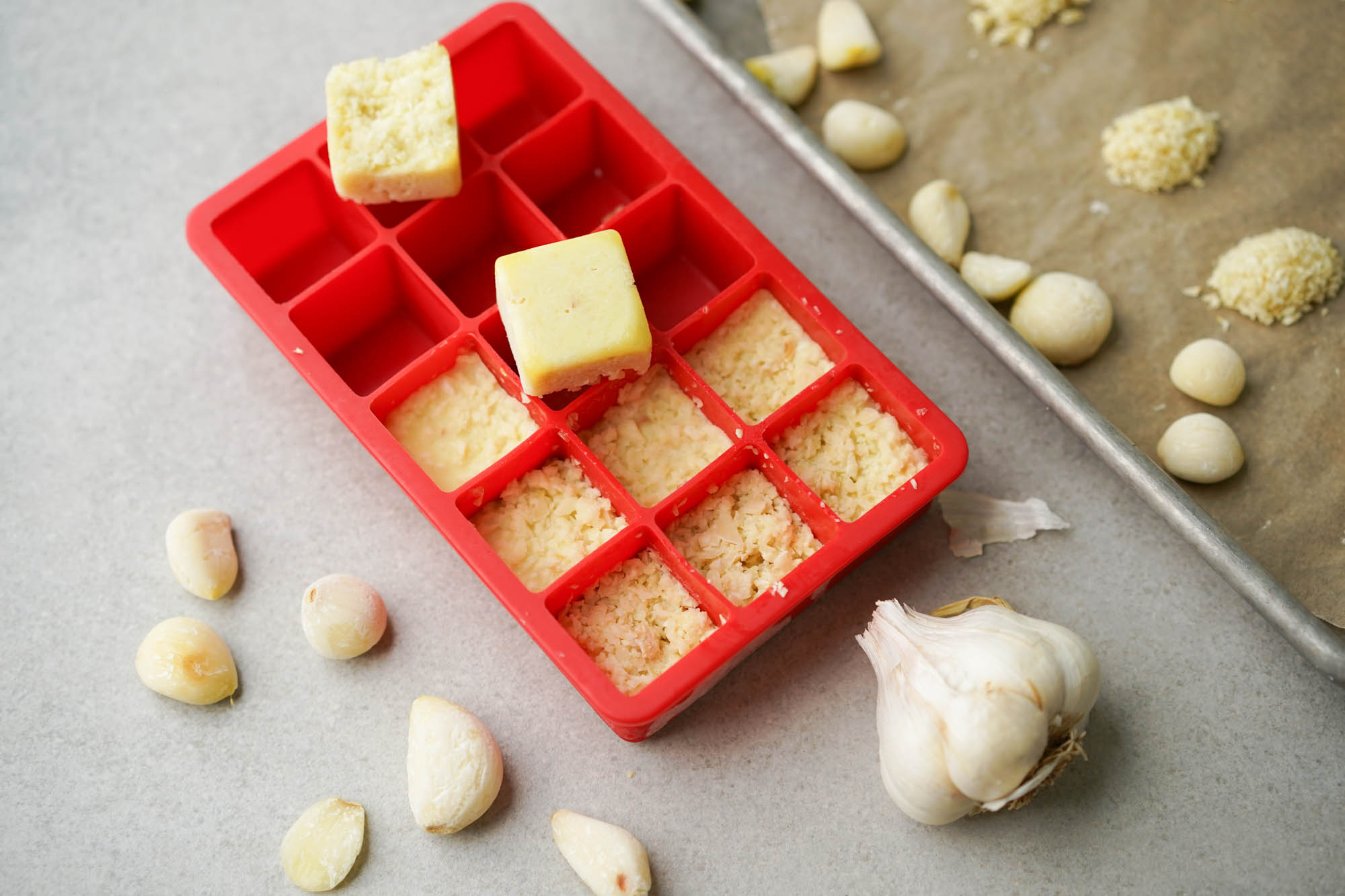

0 thoughts on “How To Store Pesto In Freezer”